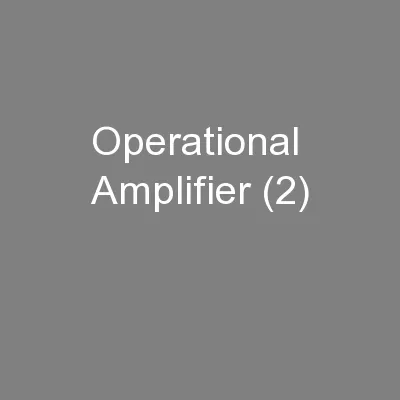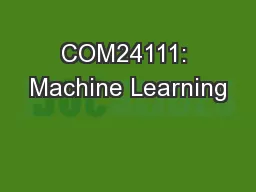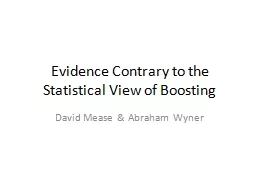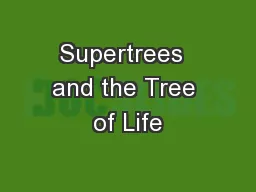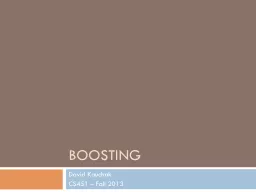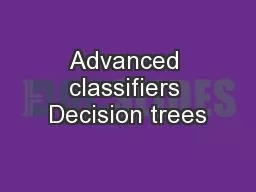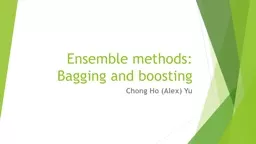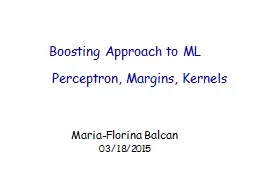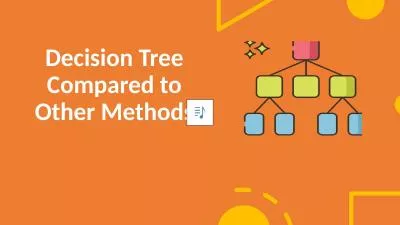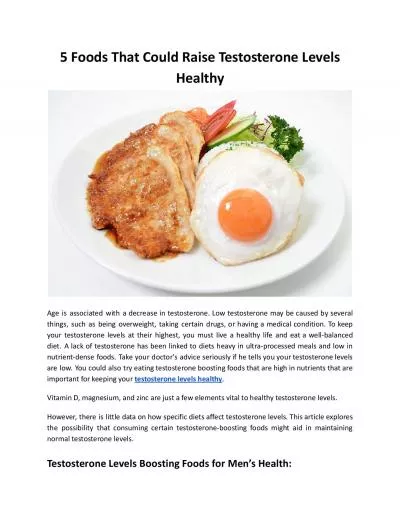PPT-Information Gain, Decision Trees and Boosting
Author : solidbyte | Published Date : 2020-06-23
10701 ML recitation 9 Feb 2006 by Jure Entropy and Information Grain Entropy amp Bits You are watching a set of independent random sample of X X has 4 possible
Presentation Embed Code
Download Presentation
Download Presentation The PPT/PDF document "Information Gain, Decision Trees and Boo..." is the property of its rightful owner. Permission is granted to download and print the materials on this website for personal, non-commercial use only, and to display it on your personal computer provided you do not modify the materials and that you retain all copyright notices contained in the materials. By downloading content from our website, you accept the terms of this agreement.
Information Gain, Decision Trees and Boosting: Transcript
Download Rules Of Document
"Information Gain, Decision Trees and Boosting"The content belongs to its owner. You may download and print it for personal use, without modification, and keep all copyright notices. By downloading, you agree to these terms.
Related Documents


